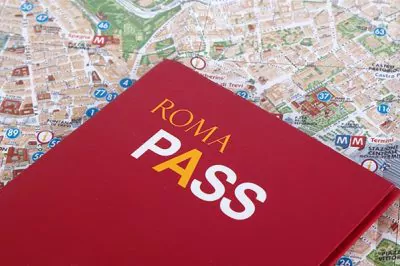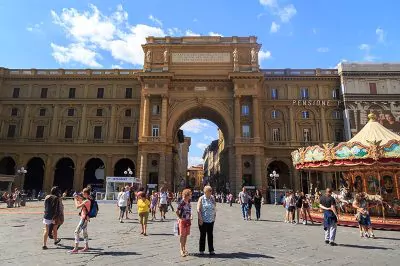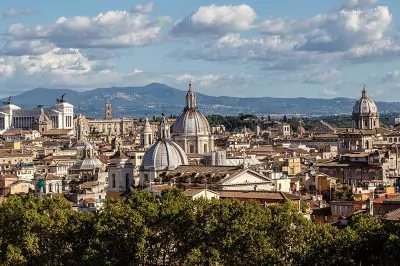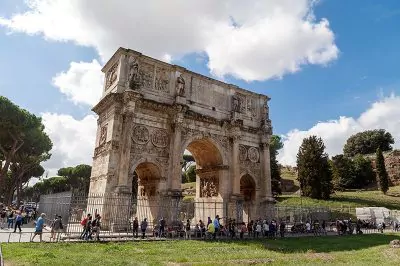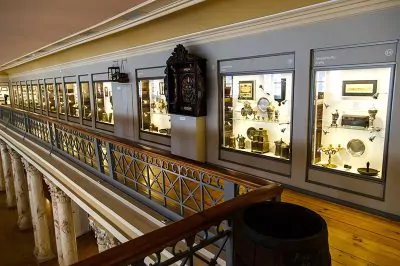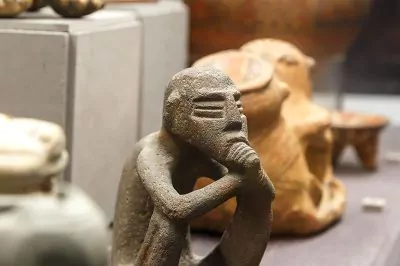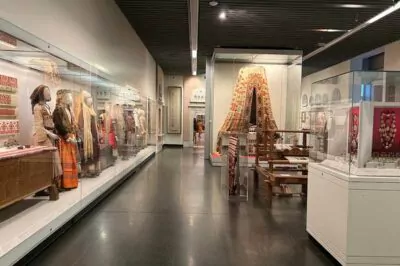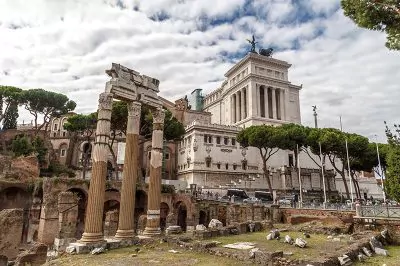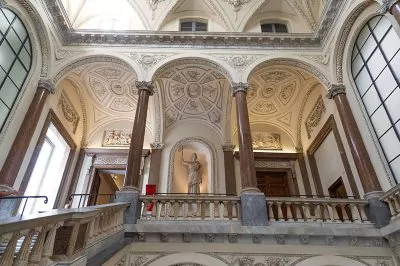Altar of Augustus at Ara Pacis Museum
During our visit to Rome, we passed by this museum but didn’t want to go inside. The name of the museum, Ara Pacis, means Altar of Peace. It is one of the miraculous artifacts that have survived from the Roman artifacts of the Augustus period.
During the reign of Julius Caesar, the uncle of Augustus, there was a republican regime before the empire. After Julius Caesar was assassinated, a civil war broke out in Rome. It was Augustus, the first emperor of Rome, who made peace. Augustus initiates the Roman Peace known as Pax Romana. A name given to Augustus, whose real name was Octavian, to honor his victories and power.
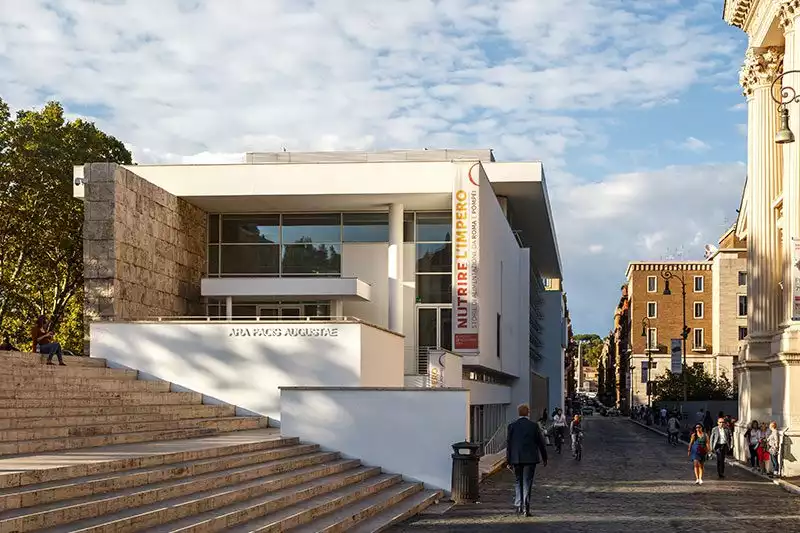
After Augustus was victorious in the battle for territories in Spain and France, the Senate wanted to reward him. The members of the Senate decided to consecrate and commemorate this victory with a large monument inside the Ara Pacis Museum.
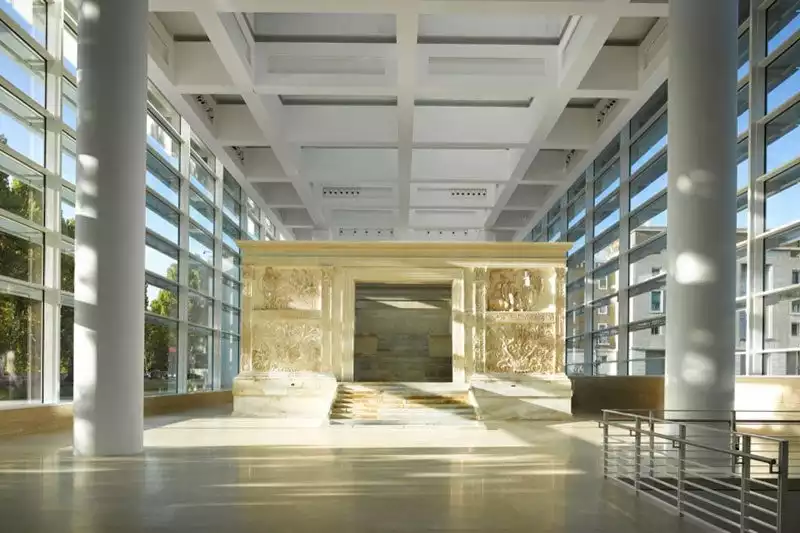
The building, which was started in 13 BC, was dismantled in time and used in many other buildings. It is a small miracle that the pieces of this building you see today were found in different places and put together.
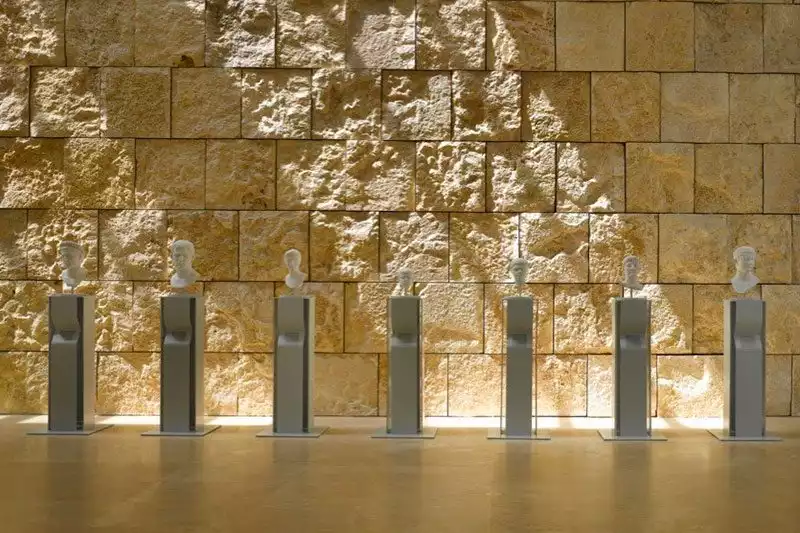
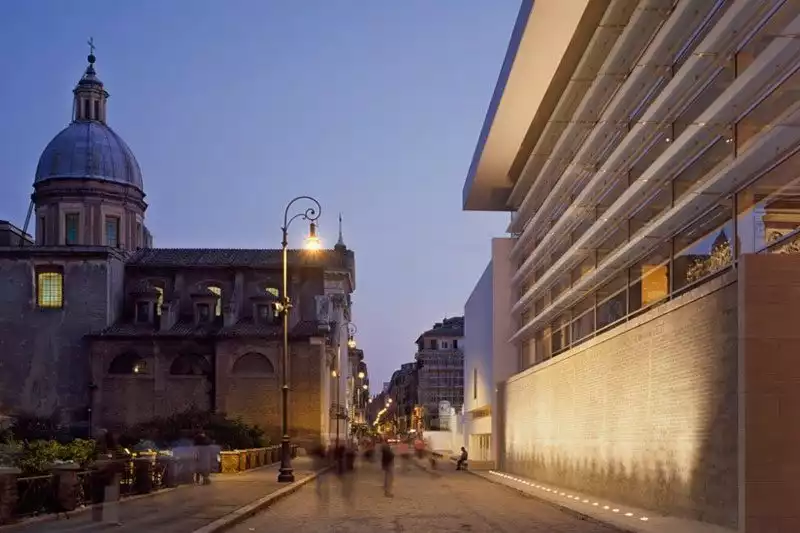
The structure is adorned with plant and floral forms with a predominance of acanthus leaves, supported by various animal figures such as frogs, lizards and birds. The milling cutouts on the front and back sides of the altar depict the golden age created by Augustus. It must be exciting to see these reliefs and the size of the altar up close.
It is a museum by the Tiber River, whose architecture looks modern by Roman standards. You can see inside through the windows of the museum. Next to the museum is the Mausoleum of Augustus, which is closed today due to destruction and carelessness.
Built for the Roman Emperor Augustus, this large mausoleum with a diameter of 90 meters had names such as Marcus Marcellus, Tiberius, Claudius along with Augustus. However, Rome was sacked in 410 and the ashes of the dead were scattered and destroyed.

